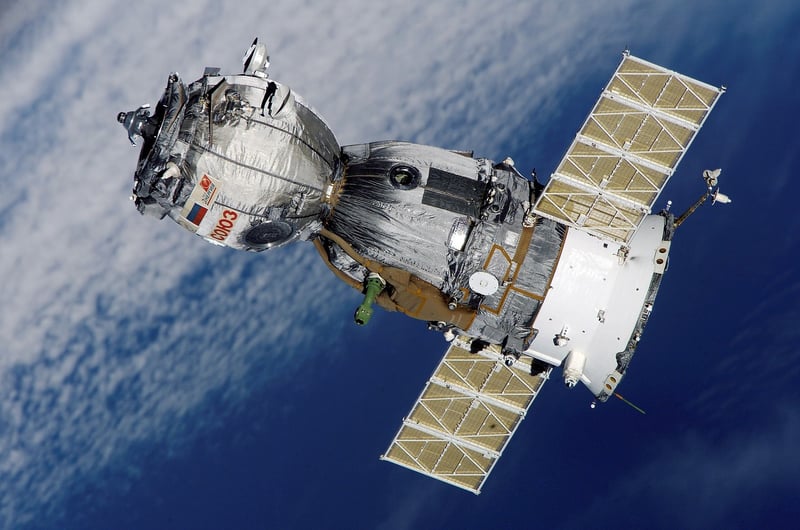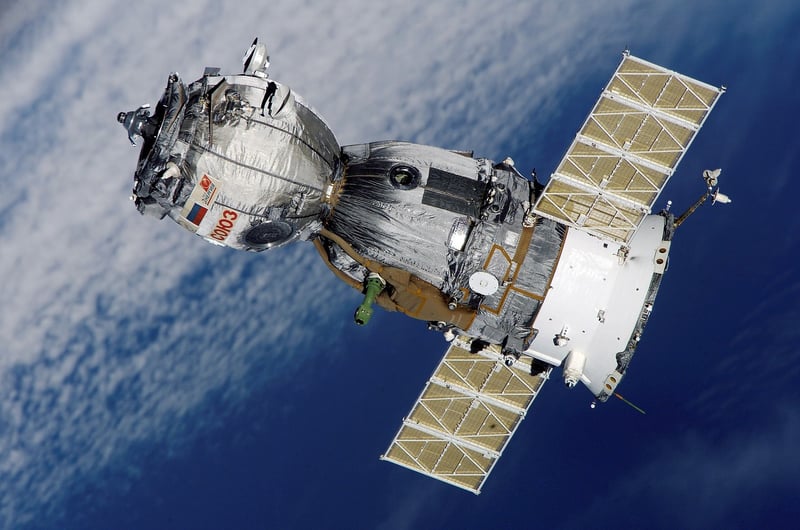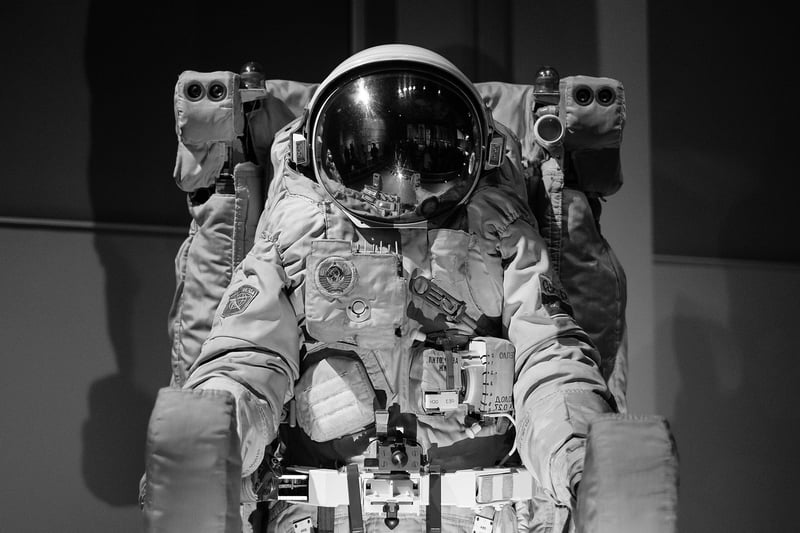Space travel technology
Exploring Spacecraft Technology and Space Travel
Spacecraft technology has evolved significantly over the years, enabling humankind to venture beyond Earth's atmosphere and explore the vast expanse of space. From the early days of space exploration to the cutting-edge advancements of today, spacecraft have played a crucial role in expanding our understanding of the universe. Let's delve into the fascinating world of spacecraft technology and space travel.
The Evolution of Spacecraft Technology
Spacecraft have come a long way since the launch of the first artificial satellite, Sputnik 1, by the Soviet Union in 1957. Over the decades, advancements in propulsion systems, materials science, and computer technology have revolutionized spacecraft design and capabilities.
Main Components of a Spacecraft
A typical spacecraft consists of several key components, including:
- Structural Framework
- Propulsion System
- Power Source (Solar Panels or Batteries)
- Communication System
- Navigation System
- Payload (Scientific Instruments or Satellites)
Types of Spacecraft
Spacecraft can be categorized based on their intended purpose:
- Robotic Spacecraft: Unmanned vehicles designed for scientific research, exploration, and communication.
- Human Spacecraft: Vehicles that carry astronauts for missions to space stations, the Moon, or other planets.
- Space Probes: Unmanned spacecraft sent to explore distant planets, moons, and asteroids.
Future of Space Travel
As technology continues to advance, the future of space travel holds exciting possibilities. Concepts such as reusable spacecraft, ion propulsion systems, and missions to Mars are on the horizon. Private companies like SpaceX and Blue Origin are also driving innovation in the space industry.
Exciting Developments in Space Exploration
Recent developments, such as the successful landing of the Perseverance rover on Mars and the launch of the James Webb Space Telescope, highlight the ongoing progress in space exploration. These missions pave the way for future endeavors to unravel the mysteries of the cosmos.
Conclusion
Spacecraft technology and space travel continue to captivate our imagination and push the boundaries of human achievement. With each new mission and discovery, we gain a deeper understanding of the universe and our place within it. As we look towards the stars, the possibilities for exploration and discovery are truly limitless.
Let's continue to explore, innovate, and reach for the stars!


